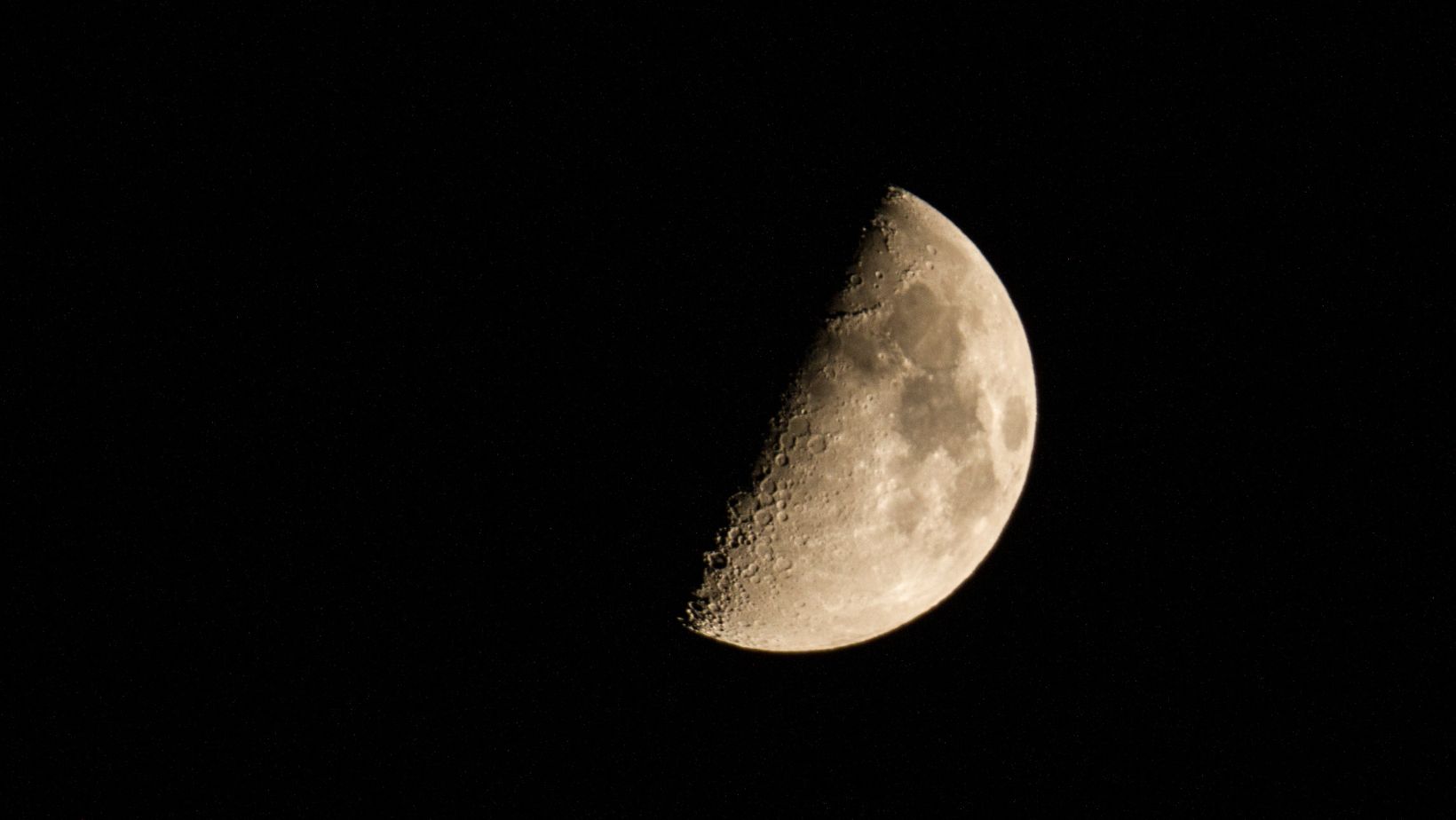Discover how lunar energy influences your emotions, body, and routines—and how to create wellness rituals aligned with each moon phase.
Introduction
Have you ever noticed your energy shifts throughout the month? Some days you feel clear and motivated. On other days, you feel more withdrawn and emotional. While many factors play into these cycles, ancient cultures—and now modern wellness practices—point to a powerful influence: the moon.
In this article, we’ll explore how moon phases and wellness rituals can work together to help you feel more balanced, connected, and in sync with your body and the natural world. Whether you follow a menstrual cycle or not, the moon offers a rhythmic guide for self-care.
Why the Moon Matters
The moon has always had a close relationship with life on Earth. It influences ocean tides, animal behaviors, and agricultural cycles. Our bodies are made up of roughly 60% water, so it’s not surprising that lunar shifts might affect us too.
Research published in Sleep Medicine found that people experienced lower sleep quality and reduced deep sleep during the full moon, even in a controlled, dark environment 1. Other studies suggest links between moon phases and changes in mood, menstrual cycles, and even emergency room visits.
Whether you believe in energetic influence or simply appreciate routine, aligning with moon phases can give your wellness rituals structure and meaning.
Understanding the 4 Main Moon Phases
The lunar cycle spans about 29.5 days and includes four primary phases. Each phase carries unique energy and emotional patterns. Let’s explore what each phase means and how you can align your wellness practices accordingly.
🌑 New Moon: Rest, Reflect, Set Intentions
Energy: Stillness, beginnings, inward focus
The new moon marks the start of the lunar cycle. The sky is dark, and so is our energy. This is a time to turn inward, rest, and reflect. It’s ideal for setting intentions and planting the seeds of future goals.
Wellness Rituals for the New Moon:
✍️ Journal your intentions for the upcoming month
🕯️ Light a candle and enjoy a quiet meditation
🛀 Take a salt bath to cleanse your energy
🛏️ Prioritize deep rest and sleep
💬 “The new moon is like a blank canvas—it invites us to slow down and paint what we want our next cycle to look like.”
🌓 First Quarter: Take Action, Overcome Resistance
Energy: Growth, momentum, decision-making
As the moon begins to grow, so does our energy.

The first quarter moon is a time of action and commitment. Resistance or challenges may show up here—this is your opportunity to stay grounded and move forward with your goals.
Wellness Rituals for the First Quarter:
✅ Revisit your new moon intentions and break them into small steps
🧘 Practice energizing yoga or movement
🌱 Tidy your space to clear physical and mental blocks
💪 Affirm your strength: “I am capable of creating change.”
📊 Studies in behavioral psychology show that goal commitment increases when intentions are paired with small, consistent actions 2.
🌕 Full Moon: Celebrate, Release, Recharge
Energy: Heightened emotions, clarity, transformation
The full moon is the most energetically intense phase.

Just as the moon is fully illuminated, our emotions, successes, and challenges may come to light. This is a powerful time to celebrate your progress and release what no longer serves you.
Wellness Rituals for the Full Moon:
🔥 Write down limiting beliefs or habits, then safely burn or rip the paper
💃 Move your body—dance, walk, or stretch to release tension
💬 Speak affirmations aloud: “I release what I no longer need.”
🧘 Practice full moon meditation or breathwork for clarity
📊 A study from Comprehensive Psychiatry found that emotional intensity peaks around full moons for some individuals, especially those with mood disorders 3.
🌗 Last Quarter: Reflect, Reorganize, Restore
Energy: Surrender, integration, preparation
As the moon begins to wane, our energy turns inward again. The last quarter is a time for evaluation—review what worked, what didn’t, and what lessons you’ve learned. It’s also a good time to clear clutter, both physical and emotional.
Wellness Rituals for the Last Quarter:
📓 Reflect in your journal: What am I learning about myself?
🧹 Declutter your space and donate unused items
🌙 Use calming oils like lavender or chamomile before bed
📵 Reduce screen time and recharge offline
“This phase reminds us that rest is not a reward—it’s part of the cycle.”
Aligning Your Menstrual Cycle With the Moon (Optional)
Many people find that their menstrual cycle naturally syncs with lunar phases. While everybody is different, some experience their period during the new moon (low energy, reflection) and ovulation during the full moon (high energy, connection).
Even if you don’t menstruate, or your cycle doesn’t follow the moon, you can still use the lunar calendar to tune into the rhythms of rest, growth, and release.
Tips for Creating Your Own Moon Rituals
📅 Use a moon phase calendar or app to track the lunar cycle
🌼 Keep your rituals simple and meaningful—light a candle, journal, stretch
👯 Invite friends or loved ones to join for full moon circles or intention-setting
💡 Most importantly: listen to your body and intuition
Final Thoughts
Whether you’re into astrology or simply want more structure in your self-care routine, aligning with moon phases and wellness rituals can be grounding, healing, and deeply empowering.
The moon reminds us that life moves in cycles, not in straight lines. There’s a time to begin, a time to grow, a time to shine, and a time to rest. By syncing your energy with the lunar rhythm, you create space for reflection, action, and emotional balance on your own terms.
So look up, tune in, and let the moon be your guide.
References
- Cajochen, C., et al. (2013). Evidence that the lunar cycle influences human sleep. Current Biology, 23(15), 1485–1488. ↩
- Gollwitzer, P. M., & Sheeran, P. (2006). Implementation intentions and goal achievement: A meta‐analysis of effects and processes. Advances in Experimental Social Psychology, 38, 69–119. ↩
- Wehr, T. A. (1997). Melatonin and seasonal affective disorder. Comprehensive Psychiatry, 38(6), 338–341. ↩

